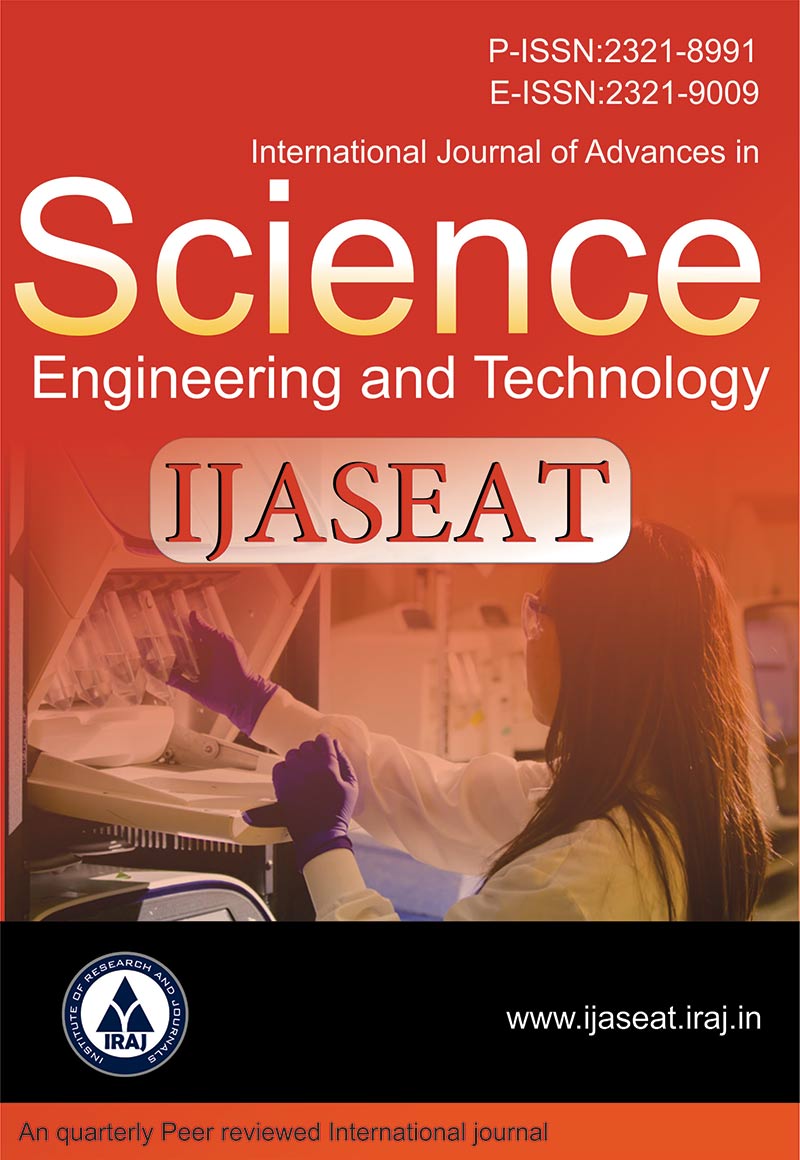Publish In |
International Journal of Advances in Science, Engineering and Technology(IJASEAT)-IJASEAT |
 Journal Home Volume Issue |
||||||||
Issue |
Volume-6, Issue-4 ( Oct, 2018 ) | |||||||||
Paper Title |
Strategies for Biomass Degradation: A Review | |||||||||
Author Name |
Arpita Mukherjee, Amit Kumar Dutta | |||||||||
Affilition |
Rungta College of Science and Technology, Durg School of Biological and Chemical Sciences, MATS University, Raipur (CG) | |||||||||
Pages |
27-31 | |||||||||
Abstract |
The agricultural waste comprises of lignocellulose which is a natural source of organic matter. Breakdown of biomass to form monomeric subunits will be a boon to the production of fuels, biopolymers and many more. Different varieties of residues liberate different amount of energy on degradation. The varieties of residues include agricultural residues, forestry residues and industrial waste which had been reported to liberate 10-66EJ, 3-35EJ and 12-120 EJ of energy respectively. Biomass basically comprises of cellulose , hemicelluloses and lignin. Lignin must be removed for first for the further degradation of cellulose and hemicelluloses. Bioconversion disrupts the linkage between cellulose-hemicelluloselignin. There are existence of different pretreatment methods for maximum degradation of biomass and no single method has reported for efficient conversion of biomass to fuel. Pretreatment methods alter the chemical and physical structure thereby reducing the complexity in the structure of the biomass. The modification increases the accessibility of the substrates towards chemical as well as enzymatic degradation. While it was also found that some inhibitory byproducts formation occurs which bind to lignin thus reducing its rate of degradation. Methods including steam treatment, ammonia fiber explosion (AFEX) and liquid hot water (LHW) observed to minimize the secretion of inhibitory byproducts. The paper focuses on different strategies used for the maximum simplification of the biomass. Keywords - Lignocellulose, Lignin, Bioconversion, Inhibitors, Ammonia Fiber Explosion, Liquid Hot Water | |||||||||
| View Paper | ||||||||||